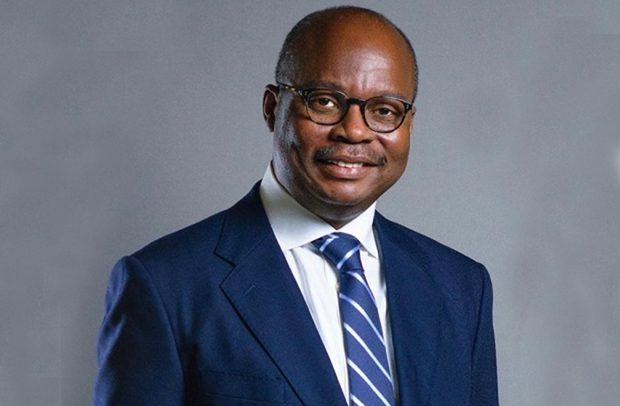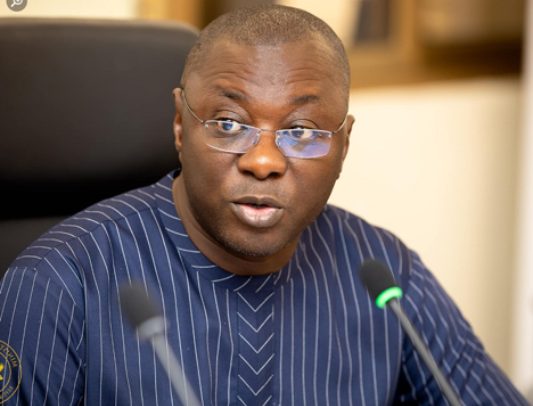
By Joshua Worlasi AMLANU & Ebenezer Chike Adjei NJOKU
The Bank of Ghana (BoG) has lowered its Monetary Policy Rate (MPR) by 300 basis points (bps) to 25 percent, marking its most aggressive rate cut since the 200 bps cuts in July 2024 and March 2018 as it seeks to accelerate the transmission of easing inflation to borrowing costs.
The decision, announced at the 125th Monetary Policy Committee (MPC) meeting’s conclusion, is expected to intensify downward pressure on the Average Lending Rate (ALR) and Ghana Reference Rate (GRR) – both of which have already declined significantly over first-half 2025.
BoG said the cut was driven by sustained disinflation and broadly anchored inflation expectations, supported by tightening in earlier periods and continued fiscal consolidation.
With headline inflation falling to 13.7 percent in June, its lowest level since December 2021, the Committee signalled that monetary conditions could now afford to ease further in support of credit expansion and private sector recovery.
The ALR, which captures average cost of bank credit to borrowers, fell from 30.75 percent in January to 27 percent in June 2025 – a cumulative decline of 375 bps.
Meanwhile, the GRR – the base rate below which banks are not permitted to lend – declined more steeply, dropping by 525 bps from 28.94 percent to 23.69 percent over the same period. The most pronounced movement occurred in April, when the GRR was reduced by 400 bps in a single month.
Despite these declines, the gap between the ALR and GRR widened markedly over the six-month period, reflecting limited pass-through of benchmark rate cuts to end borrowers.
In June, the spread between the ALR and GRR stood at 331 bps, up from 181 basis points in January. This divergence demonstrates caution by commercial banks remains in adjusting lending rates, possibly due to lingering concerns about credit risk, balance sheet health and subdued demand from high-risk sectors such as small- and medium-sized enterprises (SMEs).
With the MPR now lowered to 25 percent, monetary authorities are hoping that both the GRR and ALR will continue to decline, closing the gap between policy intent and actual lending conditions.
BoG has indicated that it stands ready to lower rates further, should the disinflation trend persist.
In a post-meeting statement, Governor Dr. Johnson Pandit Asiama said the Committee’s decision reflects improved confidence in the inflation outlook and a more stable macroeconomic environment.
“Given these considerations, the MPC – by a majority decision – voted to lower the monetary policy rate by 300 basis points to 25 percent,” he said.
“Looking ahead, the Committee will continue to assess incoming data and likely reduce the policy rate further should the disinflation trend continue,” he added.
Interest rates at the short-end of the money market have also fallen in recent months, reducing the cost of government borrowing and reinforcing the broader easing cycle.
However, the central bank stated that further progress depends on improving transmission mechanisms within the banking system.
While larger corporates may benefit from lower rates, SMEs continue to face elevated borrowing costs – often compounded by collateral demands and conservative lending terms. Unless commercial banks respond more decisively to policy rate changes, credit access for smaller businesses may remain constrained; limiting the effectiveness of monetary easing on overall economic activity.
The central bank’s July forecast projects headline inflation declining further in the third quarter and returning to the medium-term target band of 8 ±2 percent by end-2025, earlier than previously projected. This outlook has provided the MPC with scope to pivot more assertively toward an accommodative policy stance.
The post BoG’s big push to lower lending costs, slashes policy rate by 3% appeared first on The Business & Financial Times.
Read Full Story













Facebook
Twitter
Pinterest
Instagram
Google+
YouTube
LinkedIn
RSS